Ever thought about building your own dietary supplements? In fact, taking control of your health is not as hard as you may think. As the DIY health trend continues to grow, more people are turning to making their own capsules.
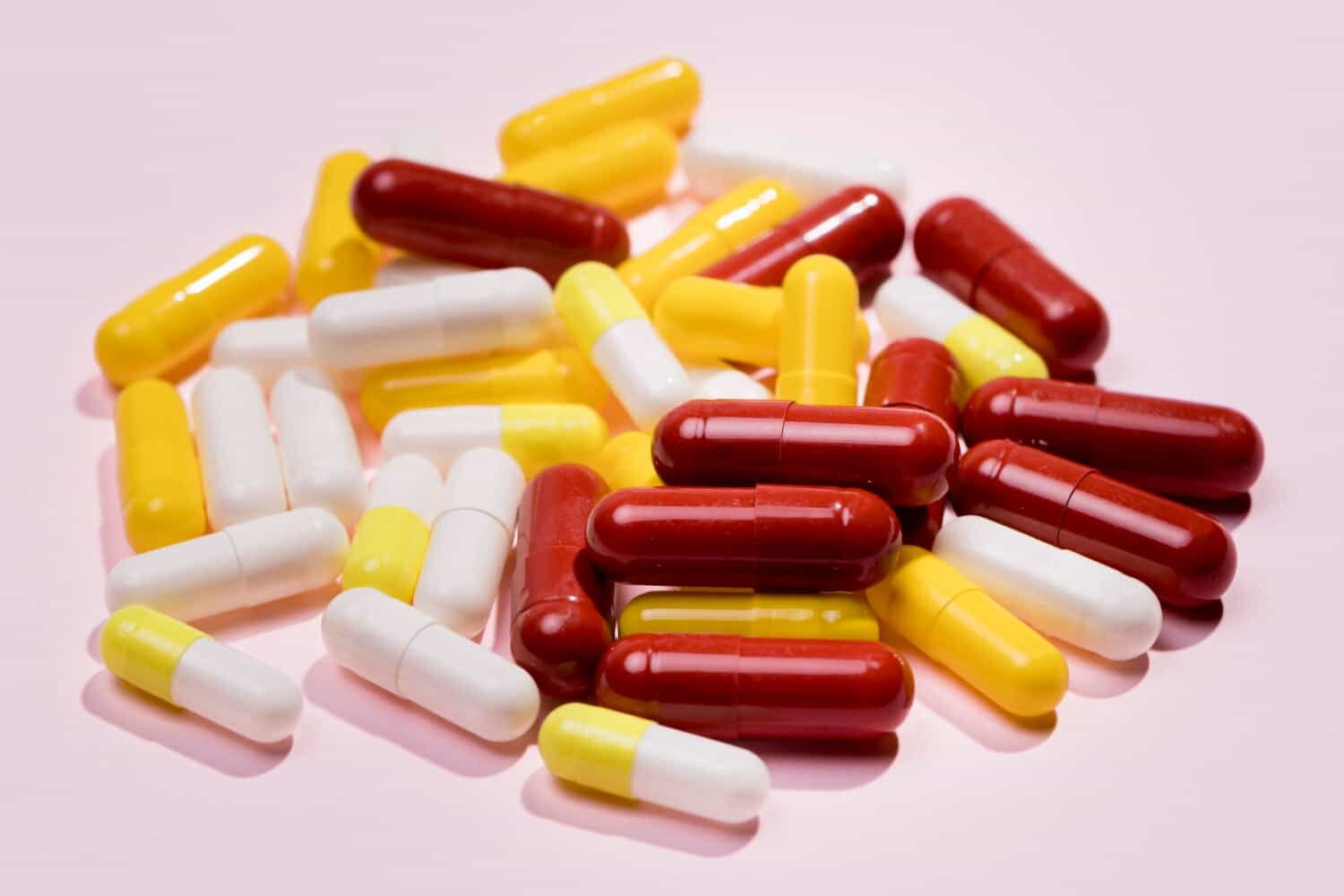
With this simple method, people always get what they're expecting in the supplements without any unwanted extras. Whether it's herbs, vitamins, or customized combos, making your own capsules lets you know exactly what goes into them. The incredible reasons to make your own capsules are far beyond that. Let's explore together!
Why You Should Make Your Own Capsules
Here are several compelling reasons why you should consider creating your own capsules.
You can control the ingredients from the inside out.
Store-bought supplements may contain added substances like fillers or artificial ingredients. When you make your own capsules, you no longer have to double-check the Supplement Facts. You can decide what goes into them. You have the option to pick out more pure ingredients, whether vitamins, herbs, or powders, specifically as per your health goals.

Are you vegan? If yes, you definitely don't want to take capsules with animal by-products. Do you know most capsule shells are made from gelatin? It's a kind of collagen, usually derived from animal sources. Making your own capsules also allows you to pick non-gelatin capsules. This can save the trouble of questioning if something you bought is 100% plant-based and safe.
You can personalize serving size or dose.
All of our bodies are different. And we may have different health goals. This means there's actually no so-called "standard" dosage that can work for everyone. By making your own capsules, you can customize the filling volume of supplements based on your physical condition and unique needs.
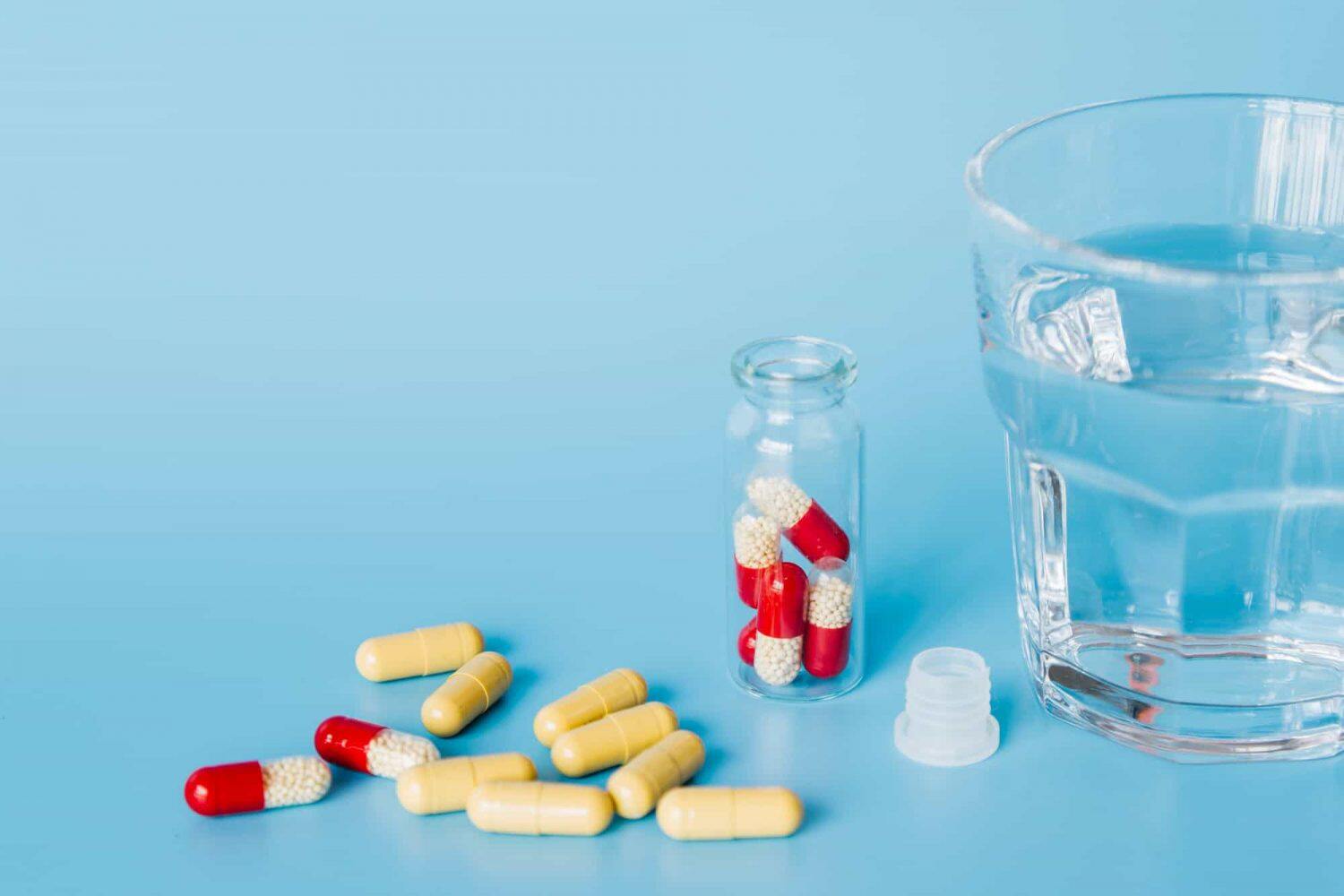
If you need a little more or less amount, you can also decide how many supplements to take at a time. Choosing different capsule sizes is a good way to adjust your serving size. Here's a standard capsule size chart for your reference. On top of that, be sure to ask your health provider beforehand, as taking supplements is no small thing.
It can ensure you swallow fresh and quality ingredients.
The shelf life of most dietary supplements usually lasts from 1 to 3 years. While they may still be safe to consume within this period, their potency can be affected over time. I bet everyone prefers the freshest bottle.
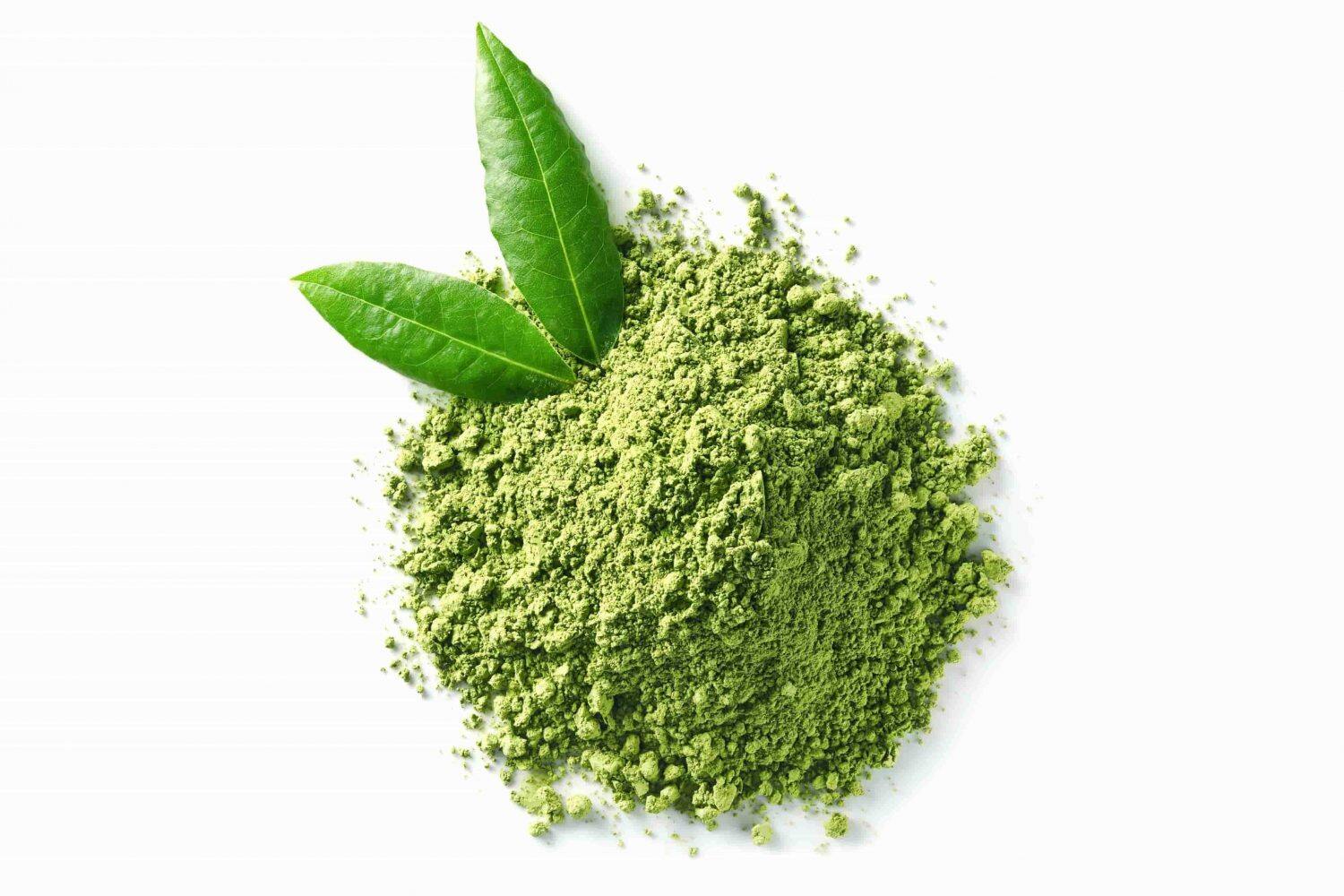
When you make your own capsules, you can fill them with fresh and high-quality ingredients. If you don't want to buy those pre-packaged supplements that might have been sitting on a store shelf for months, this can be a wise move.
It can save you money.
Whether buying online or offline, many dietary supplements can be very pricey, not to mention those famous brands. The manufacturing process, research and development, packaging, marketing and branding, regulation compliance, and distribution all contribute to the pricing of these products.
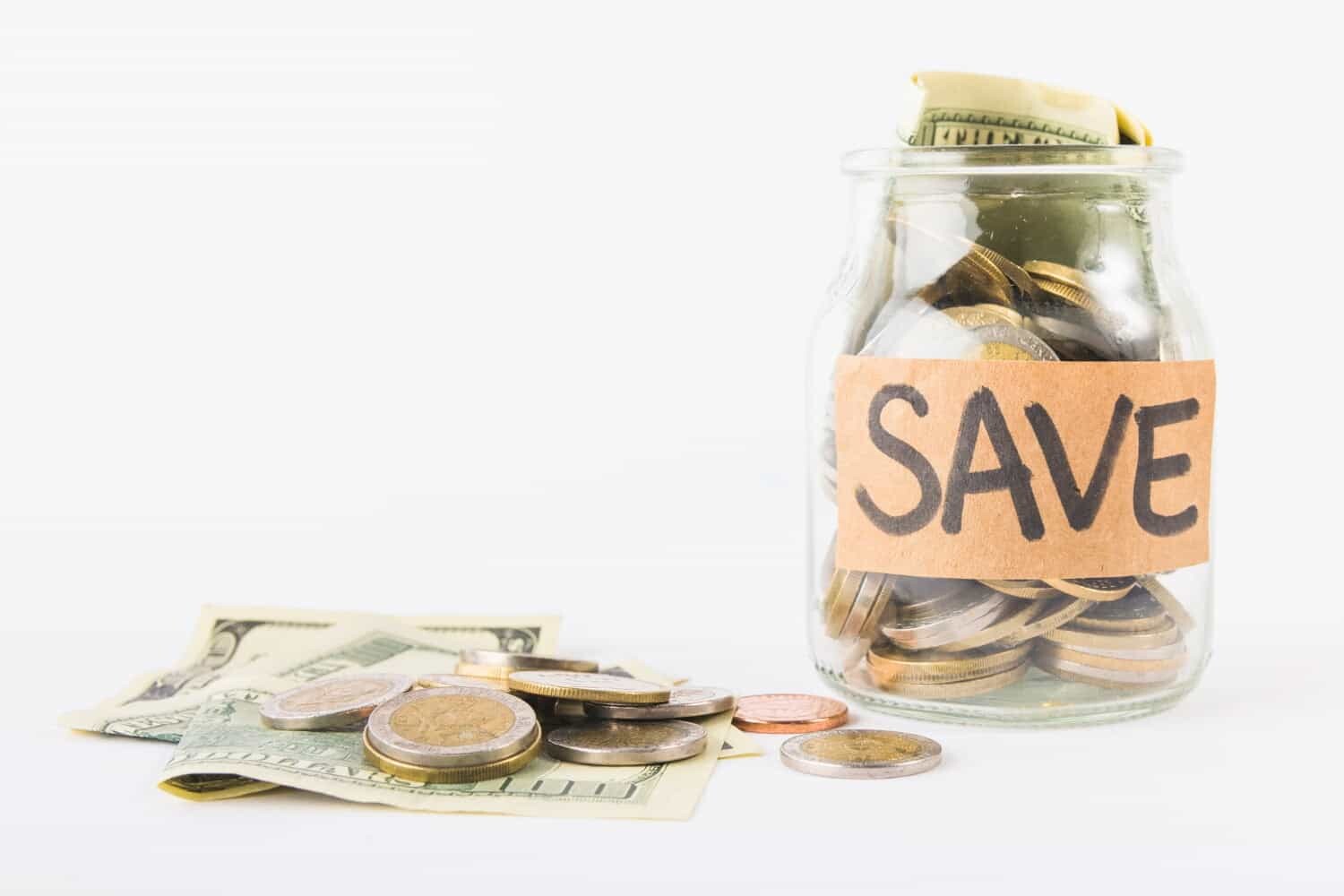
If you're eating supplements without hard-to-source ingredients, creating your own capsules is generally far cheaper. Bulk ingredients can be inexpensive, and manual capsule fillers are affordable. Plus, there's no need to pay for costly packaging and marketing. It can give you a considerable reduction in what you invest in branded supplements.
You can help save the planet.
Environmental protection has been a hot issue for a long time. Commercial manufacturing may affect the environment more or less. Making your own capsules is a simple yet effective way to do your part for our planet.

First off, it reduces packaging waste. Many commercial supplements are packaged in delicate plastic bottles or blisters. These packages get thrown away when people finish the supplement. Most people have no idea about how to dispose of them correctly. When you make your own capsules, you can use reusable containers to reduce plastic waste.
Plus, creating capsules at home skips the step of transportation of supplements. So you can minimize the carbon emissions arising from the process.
4 Capsules That You Can Make at Home
Creating your own capsules is simple. Here are five easy-to-make capsules that you can start crafting today!
1. Powdered Herbs
Common Examples: Powders like turmeric, spirulina, ashwagandha, and other dried herb powders
Why: Herbs are usually difficult to consume directly due to their taste and odor. Filling herbs in capsules is a good option.
2. Vitamins and Minerals
Common Examples: Vitamins, magnesium, zinc, or calcium in powder form
Why: You can choose higher-quality, more natural sources without additives in store-bought capsules.
3. Protein Powders and Superfood Mixes
Common Examples: Whey protein, plant-based protein powders, maca powder, or chlorella
Why: This method allows portion control for protein or superfood blends.
4. Probiotics
Common Examples: Probiotic powders with various strains
Why: The capsule form can protect probiotics from stomach acid. You can customize the strain and dosage yourself.
How to Make Your Own Capsules
Here are a few essential items and step-by-step guides you will need to make your own capsules.
What You Need:
1. Empty Capsules: Choose empty capsules that match your intake needs. If you're vegan, go for non-gelatin capsules.
2. Ingredients: They can be powders, granules, or another form.
3. Scale: It measures the amount of ingredients to be filled in each capsule.
4. Micro Spoon, Mini Scoop, or Funnel: These tools help minimize spillage when filling by hand.
5. Manual Capsule Filling Machine: The equipment ensures each capsule is filled with the same amount of ingredients at a higher speed.
6. Storage Containers: Store filled capsules in airtight containers to protect them from going bad.
- Hand Filling
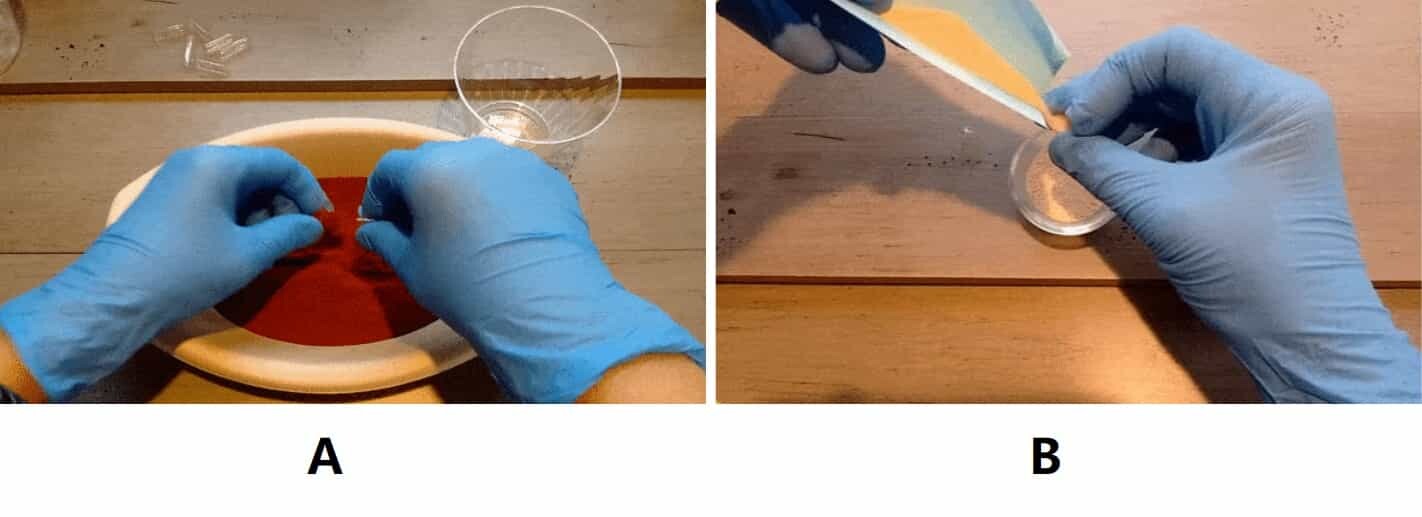
A. Scoop and Push Method:
1. Pour powder into a bowl.
2. Separate the capsule into two halves.
3. Dip both halves into the powder and scoop until filled.
4. Ensure the cap isn't overfilled, then close the capsule.
B. Lab Scoop, Folded Paper, or Funnel Method:
1. Pour powder into a bowl.
2. Separate the capsule.
3. Use a lab scoop, folded paper, or funnel to fill the capsule with powder.
4. Tamp down the powder to pack it tightly.
5. Close the capsule.
- Using a Manual Capsule Filling Machine:
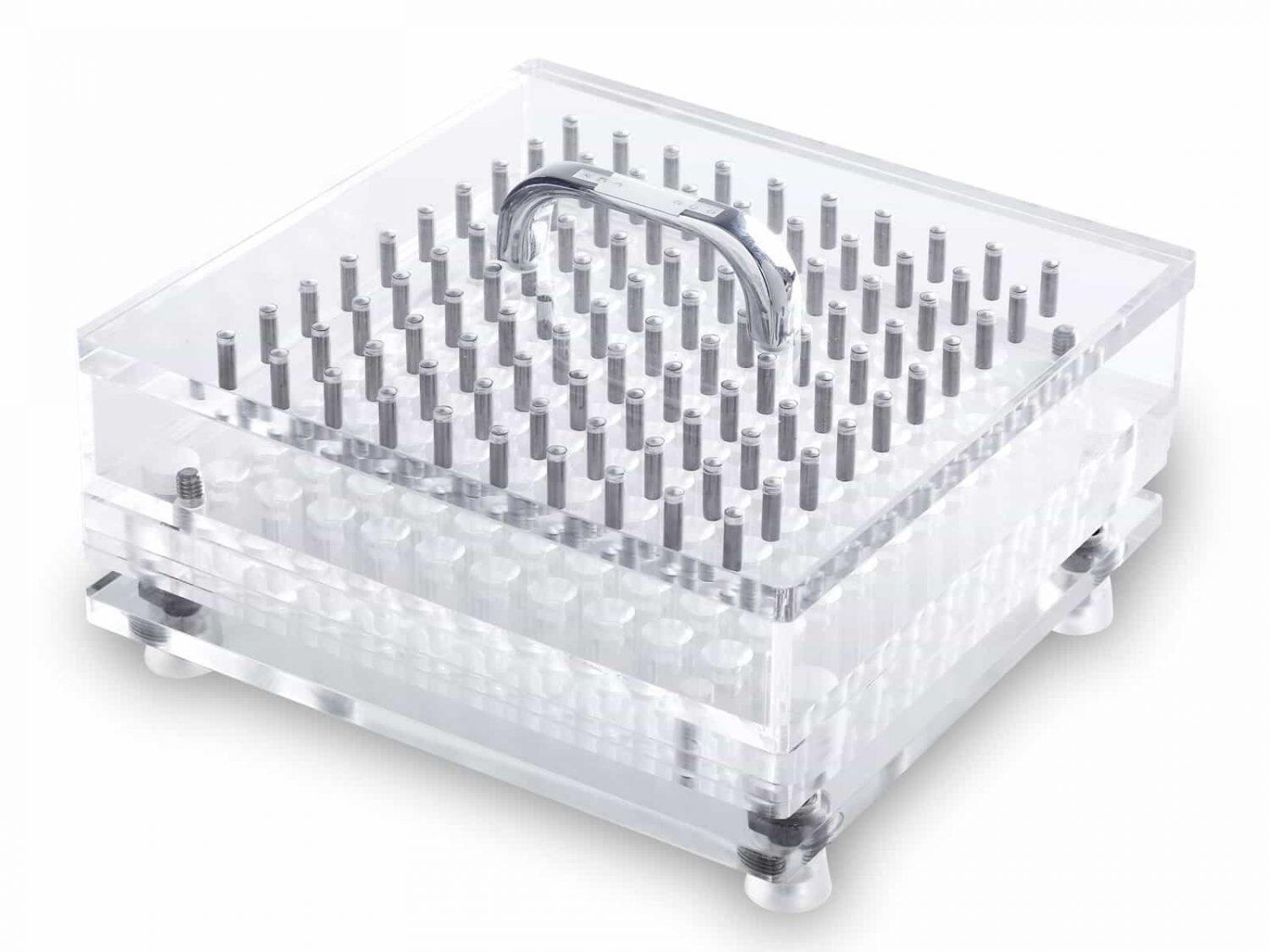
1. Place the alignment plate over the cap plate.
2. Pour in empty capsule caps.
3. Shake these caps to make them fall into the holes.
4. Remove excess caps and fix any inverted ones.
5. Add the middle plate, then repeat the process with the capsule bodies.
6. Use the spill guard and a spatula to pour powder into the capsules, scraping off any excess.
7. Tamp down the powder to pack it firmly.
8. Flip the cap plate onto the body plate and press to lock the capsules.
9. Check to ensure all capsules are securely closed.
Difference Between Making Your Own Capsules and Tablets
Aside from capsules, you can also craft your own tablets. However, the processes for creating these two solid dosage forms are quite different. Here, we've put together a table to compare how they're made. This should offer you a more intuitive way of understanding why making your own capsules has become so popular today.
| Aspect | Make Your Own Capsules | Make Your Own Tablets |
| Process Complexity | Simple; hand fills or requires capsule filling equipment | Complex; requires tablet press and other tools |
| Ingredients | Pure powders, no binders or fillers required | Requires binders, fillers, and other excipients |
| Customization | Fully customizable; easy to mix and adjust dosages | Customizable but more complex to blend and compress ingredients |
| Additives | Can be additive-free | Usually requires additives like binders or coatings |
| Digestion | Faster dissolution in the stomach | Slower dissolution due to harder exterior |
| Taste Masking | Encapsulates powders, masking taste completely | Coatings can help, but taste may still be detectable |
| Equipment Needed | Capsule filler machine, tamping tool | Tablet press, drying equipment |
| Dosage Flexibility | Flexible; easy to adjust dosage | Fixed dosage; harder to adjust |
| Vegan/Vegetarian Options | Vegetarian and vegan capsule options available | Some tablets may contain animal-derived ingredients |
| Production Time | Faster; easier to produce in small batches | Slower; more involved process |
| Cost | Generally cost-effective, especially in bulk | Higher costs due to equipment and additives |
| Shelf Life | Good, but may be affected by environmental factors | Longer shelf life due to coatings and preservatives |
| Potency Preservation | Better for sensitive ingredients (e.g., probiotics) | Compression process can degrade certain ingredients |
The Bottom Line
Making your own capsules has gone viral for quite some time among health-conscious people. It's indeed an easy and affordable way to achieve your health goals compared to store-bought pills. Whether you want to go vegan, avoid allergens, or simply know exactly what you're taking, homemade capsules give you better control over your health.